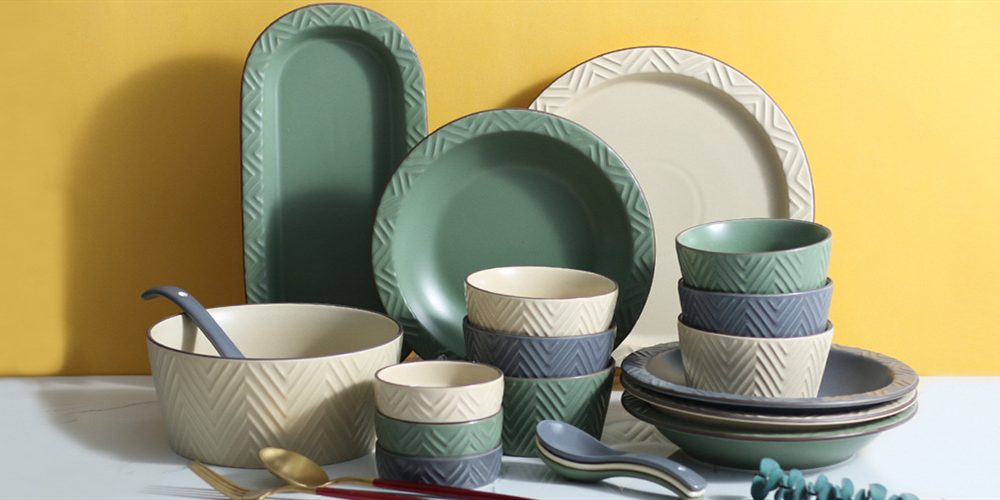Ceramic bowls, revered for their aesthetic appeal and functional versatility, are the result of an intricate craftsmanship journey that transforms raw clay into culinary masterpieces. This exploration into the art of creating ceramic bowls reveals the meticulous process and enduring charm that make them a timeless addition to any kitchen or dining setting.
The journey begins with the selection of high-quality clay, a crucial step that influences the final outcome of the ceramic bowl. The clay is carefully prepared, purified, and kneaded to achieve the right consistency. This process removes impurities and air pockets, ensuring that the clay is malleable and free of imperfections.
Once the clay is ready, it is shaped into the desired bowl form. Potters employ various techniques, such as wheel throwing or hand-building, to achieve different styles and sizes. Each technique requires skill and precision, as the potter molds and shapes the clay to create the bowl’s unique silhouette.
After shaping, the bowl undergoes a drying process to remove excess moisture and further strengthen its structure. The dried bowl is then fired in a kiln at high temperatures, transforming the clay into solid ceramic. This initial firing, known as the bisque firing, prepares the bowl for glazing.
Glazing is a critical step that enhances both the aesthetic and functional aspects of the ceramic bowl. Glazes, composed of minerals and pigments, are applied to the surface of the bowl. The bowl is then fired once again, causing the glaze to melt and create a smooth, glossy finish. The glaze not only adds color and texture but also renders the bowl impermeable, making it suitable for holding liquids and foods.
The final firing completes the ceramic bowl’s transformation. The intricate interplay of clay, shaping, firing, and glazing results in a product that is not only functional but also a work of art. The finished ceramic bowl reflects the potter’s skill, creativity, and dedication to the craft, making it a cherished piece in any culinary or decorative setting.
In conclusion, the craftsmanship behind ceramic bowls is a testament to the intricate process of transforming raw clay into functional and aesthetically pleasing vessels. The artistry involved in shaping, firing, and glazing these bowls imbues them with a timeless charm that resonates with both practical use and artistic appreciation.
















